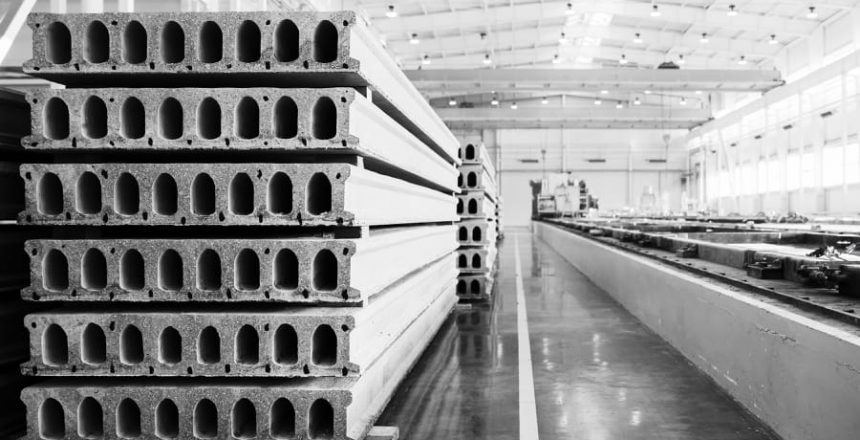Aging infrastructure can be difficult to repair and costly to replace. In rare cases, inappropriate construction materials were used, or the design was inadequate. That concrete can remain in place without needing to spend a fortune on repairs thanks to fiber-reinforced polymer.
When incorporating a system using FRP concrete, the source material is given a high-strength and lightweight reinforcement that can increase its load capacity, as well as increase its lifespan. The strengthening performance that FRP can add has been increasing in popularity over the past two decades, especially in construction and retrofit applications.
FRP composite materials are made from high strength continuous fibers, such as glass, carbon, or steel wires, which are embedded in a polymer mix. The polymer acts as a binding agent for the fibers, as the fibers provide the main reinforcement elements. These composites can either be made on site, or they can come prefabricated in different shapes.
Both commercial and public sectors can benefit from FRP applications. Entire structures like buildings, bridges, parking structures, tunnels, and even underwater pipes rely on FRP because it is a thin material that provides an extreme amount of strength. Individual elements also can benefit from FRP systems, like columns, beams, slabs, and walls.
Carbon fibers are already very resilient to high temperatures, but the adhesive systems have a lower threshold. Fireproofing is an option, but it will come with a cost. You should first determine if the structure itself is rated to withstand a fire. If so, then the FRP need not be fireproofed, as the existing concrete will still hold some of its strength. If not, fireproofing the FRP should be evaluated for its efficiency and ability to meet the satisfactory fire ratings.
Two of the biggest factors that can affect FRP installation are temperature and surface moisture. Preparing the surface is one of the most essential parts of installation, because any existing damage or corrosion needs to be resolved before FRP is added. To be at its maximum strength, all problems must be resolved, otherwise the contaminants can be locked in by the FRP, which can lead to further deterioration. Temperature fluctuations can accelerate or slow down FRP curing time. Higher temperatures will speed up the process, allowing the FRP to cure between one and three days.
D.C. Byers Company/Grand Rapids is experienced in installing Fiber Reinforced Polymer (FRP) fabric to the existing concrete or masonry structure and “strengthening” the existing surface. FRP strengthening is helpful during renovation projects, where the design of the area is changed or where previous damage has occurred.
To get a quote on FRP strengthening or on concrete restoration, call DC Byers Company/Grand Rapids today at (616) 538-7300. Our experience and expertise allow us to assess the damage correctly and plan how to perform the repairs to allow you to use your space properly.
For concrete restoration and repair, DC Byers Company/Grand Rapids looks at all the factors contributing to the deterioration of the concrete. By understanding the underlying problems, we can start working on the most satisfying and cost-effective solutions.
